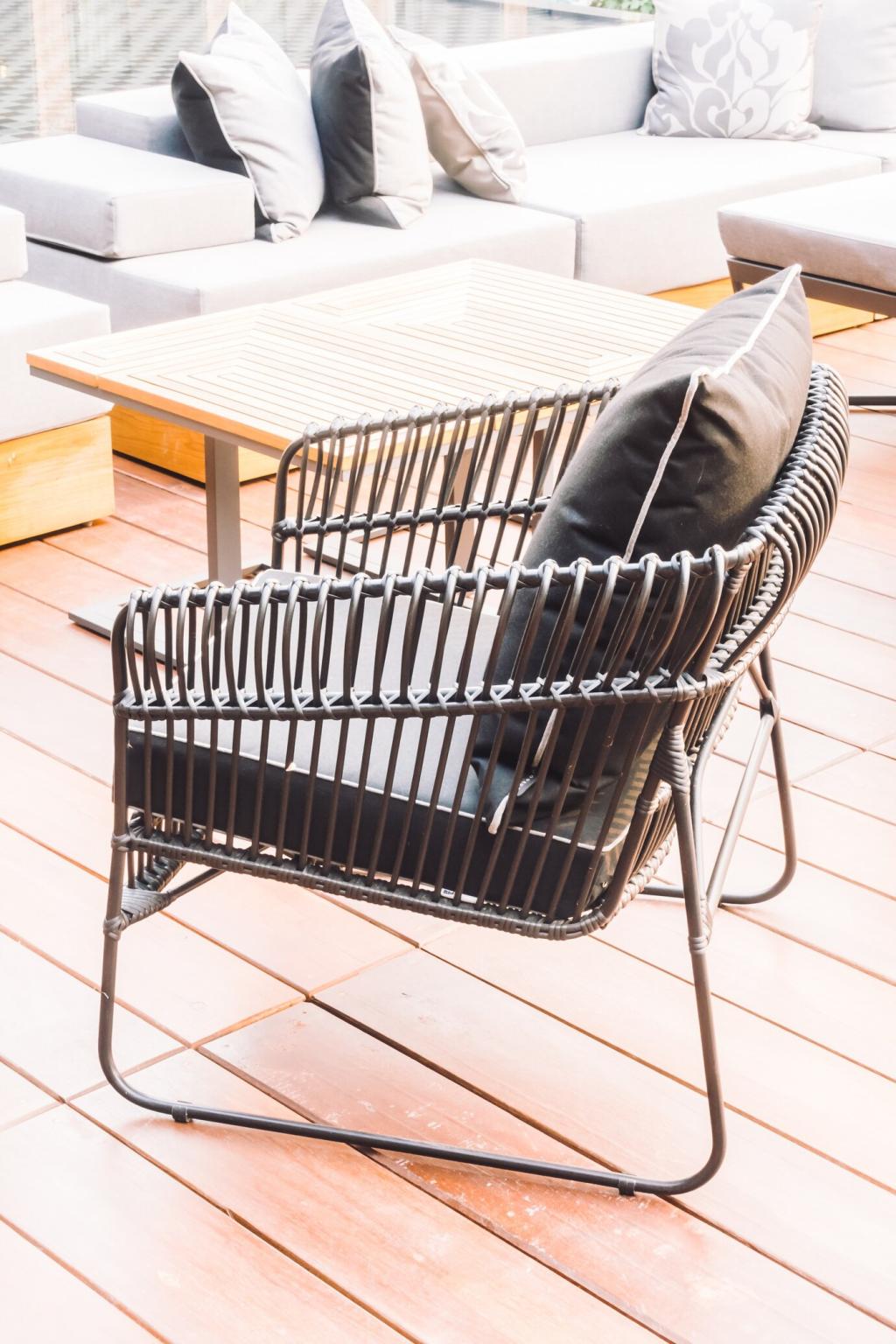Using Sealants for Weatherproofing: Seal Out Storms, Lock In Comfort
Chosen theme: Using Sealants for Weatherproofing. Welcome to a practical, hands-on guide to keeping water, wind, and drafts out for good. We’ll translate technical know‑how into friendly advice, share real stories, and invite you to join a community that seals smarter and lives cozier.

Silicone delivers superior UV resistance, flexibility, and longevity, making it ideal for sun‑drenched exteriors, glass, and metal. Polyurethane bonds tenaciously to porous surfaces and is often paintable, suiting masonry and wood. Match durability, movement capability, and compatibility to your specific weatherproofing challenge.

Acrylic latex is easy to tool, quick to paint, and perfect for interior air sealing or low‑movement trim, though it’s less durable outdoors. Butyl adheres well to metals and roofing components, excelling in flashing details. Pick these thoughtfully for targeted weatherproofing wins.

Look for standards like ASTM C920 or ISO 11600 to gauge movement capability, modulus, and durability. Check UV resistance, service temperature range, and substrate compatibility. A clear data sheet and honest performance ratings often predict fewer callbacks and a genuinely weatherproof result.
Application Techniques That Beat the Storm
Nozzle Cuts, Steady Beads, and Confident Tooling
Cut the nozzle at a 30–45° angle, matching or slightly undersizing joint width. Push the bead to force sealant into edges, then tool smoothly to compress and shape. Consistent pressure, even speed, and clean profiles strengthen weatherproofing and improve bond.
Temperature, Humidity, and Cure Windows
Most sealants prefer moderate temperatures and dry conditions; check the label for minimum application temperatures. Allow adequate cure time before rain exposure. Humidity and temperature shift skin‑over and full‑cure times, so plan your weatherproofing work around a stable forecast.
A Quick Story: The Window That Didn’t Leak
Before a coastal storm, a reader re‑sealed a leaky window using neutral‑cure silicone, backer rod, and careful tooling. After twelve hours, the gale arrived—and the interior stayed dry. Share your own weatherproofing wins in the comments and inspire the next project.
Climate-Specific Weatherproofing Strategies
Choose UV‑resistant silicone and corrosion‑aware details when sealing metals near the ocean. Avoid acidic, acetoxy silicones on sensitive metals; prefer neutral‑cure formulas. Rinse salt accumulation periodically. Tell us your coastal weatherproofing questions so we can tackle them in upcoming guides.

Avoiding Common Sealant Mistakes
Acetoxy silicones release acetic acid while curing, risking corrosion on some metals and staining on natural stone. For these substrates, choose neutral‑cure silicone or other compatible chemistries. When unsure, test a small area first and consult technical data for weatherproofing confidence.

Maintenance, Safety, and Sustainable Choices
Seasonal Inspections and Simple Adhesion Checks
Walk the perimeter each season and after big storms. Look for cracks, gaps, and discoloration. Lightly probe beads for adhesion, and re‑tool minor flaws before they worsen. Subscribers get our printable weatherproofing checklist—join us and keep small issues from becoming leaks.
Health, VOCs, and Greener Chemistry
Choose low‑VOC sealants when possible, and ventilate during application. Wear gloves and eye protection. Many manufacturers publish Environmental Product Declarations, helping you pick greener options without sacrificing weatherproofing performance. Share products you trust, and we’ll compile a community‑curated sustainability list.
Measure the Payoff: Comfort, Energy, and Peace of Mind
Air sealing with quality sealants cuts drafts, stabilizes indoor temperatures, and can trim energy bills. One reader’s blower‑door test improved notably after targeted sealing. Want deeper guides and field‑tested tips? Subscribe, ask questions, and help shape our next weatherproofing article.

